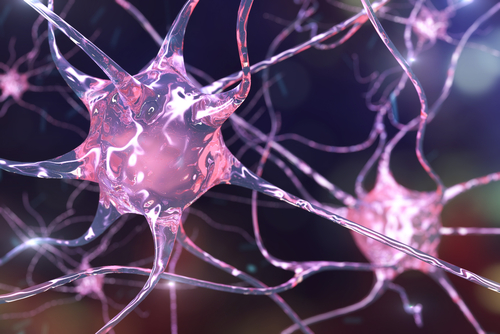Parkinson’s-related Study Identifies Mechanism Underlying Nerve Cell Generation

American researchers have identified an enzyme-based mechanism that regulates neural stem cells’ ability to generate nerve cells, a finding that could lead to new therapies for Parkinson’s and other brain disorders.
Scientists at the Sanford Burnham Prebys Medical Discovery Institute did the work. The institute has research facilities in San Diego and Orlando.
The study, “N6-methyladenosine RNA modification regulates embryonic neural stem cell self-renewal through histone modifications,” appeared in Nature Neuroscience.
Neural stem cells are precursors of nerve and other kinds of brain cells. They can self-renew and multiply without limit. All mammals have them throughout their lives.
The study zeroed in on the stem cells’ ability to self-renew. The team engineered mice to lack Mettl1, an enzyme that modifies the messenger RNA involved in the Mettl14 gene’s work. The modification is known as m6A.
Deleting the enzyme reduced the stem cells’ ability to proliferate and generate nerve cells, the scientists learned. They also discovered that the m6A modification prevented the stem cells from differentiating into other kinds of precursor cells.
The study revealed that the m6A modification controlled differentiation by regulating modifications of proteins known as histones that can compress DNA.
Compacting DNA prevents a gene from gaining access to a cell’s protein-making machinery. Not compressing it allows it to gain access. This essentially means that histone modifications can turn a gene on or off.
“Our results provide an in-depth analysis of m6A in brain [neuron stem cells] and suggest that there is an interaction between m6A and histone modification as a mechanism of gene regulation,” the researchers wrote.
“Our findings are the first to illustrate cross-talk between mRNA and histone modifications, and may lead to new ways to target genes in the brain,” Dr. Jing Crystal Zhao said in a press release. Messenger RNA modifications could be used to get histone modifications to turn genes on or off, she said.
Scientists have used histone modifications in psychiatry, neurology, and increasingly in cancer. But the treatments that have been available so far have not targeted specific genes. The Sanford Burnham Prebys team plans to change its strategy to a gene-by-gene approach.
“Ultimately, by modulating mRNA modification and its interacting histone modifications at a specific genomic region, we hope to correct aberrant gene expression in brain disorders with precision,” Zhao said.
By identifying how an mRNA modification affects neural stem cells, the findings contribute to understanding the stem cells’ biology, a key to controlling their functions in the brain, she observed.
Ultimately, the strategy could contribute to the development of stem cell therapies for neurological diseases affecting cognitive function, including Parkinson’s and Alzheimer’s.
“Being able to maintain viable stem cells in the brain could lead to regenerative therapies to treat injury and disease,” Zhao concluded.






